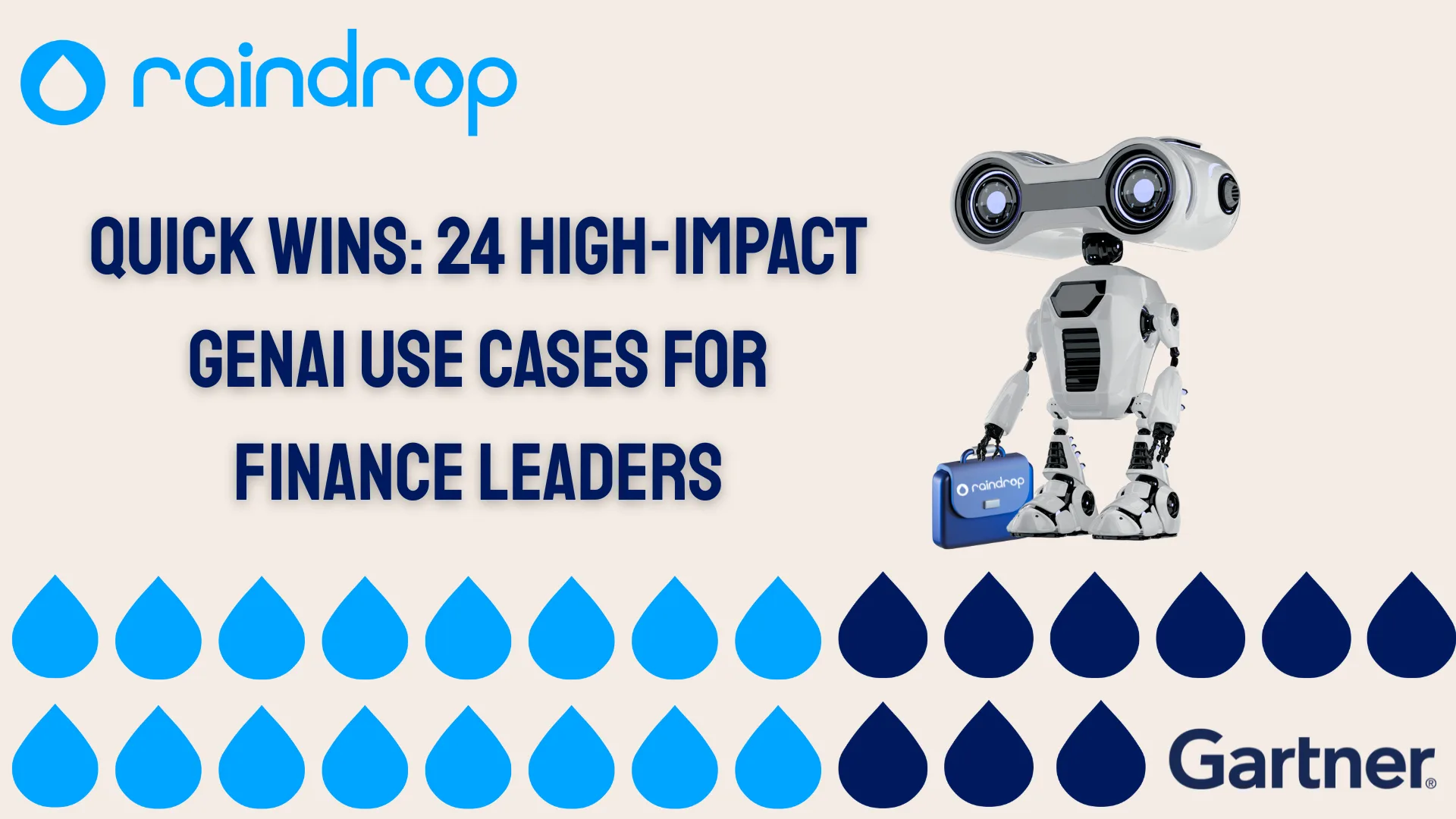
Quick Answer: What Are the Quick-Win Use Cases When Selling GenAI to Finance Leaders?
Recognition, ArticlesQuick Answer: What Are the Quick-Win Use Cases When Selling GenAI to Finance Leaders? Finance professionals tend to be ...
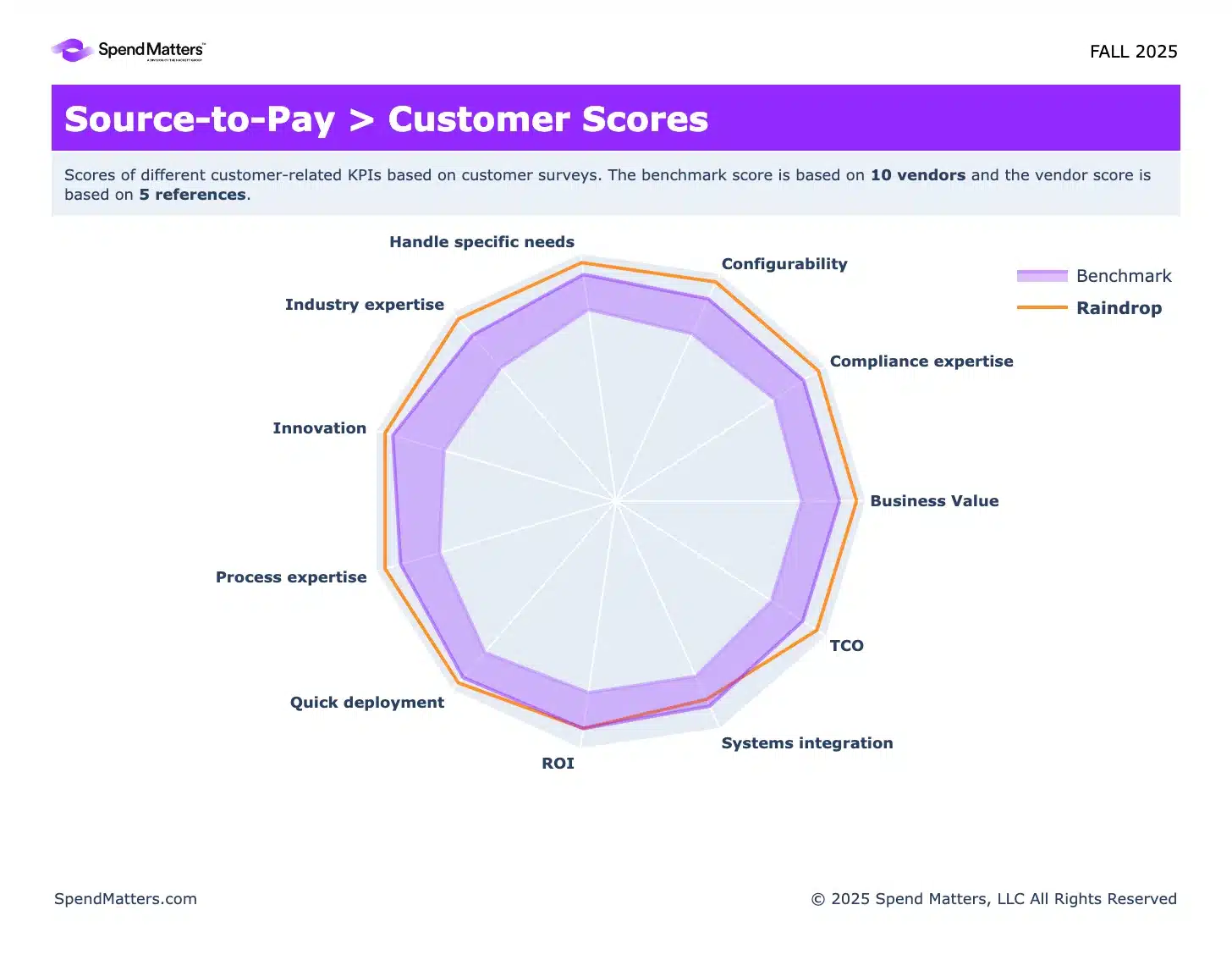
Spend Matters Recognizes Raindrop As A Customer Favorite For S2P
RecognitionSpend Matters recognizes Raindrop as a Customer Favorite for s2p Download Now Download Now We are proud of what our ...
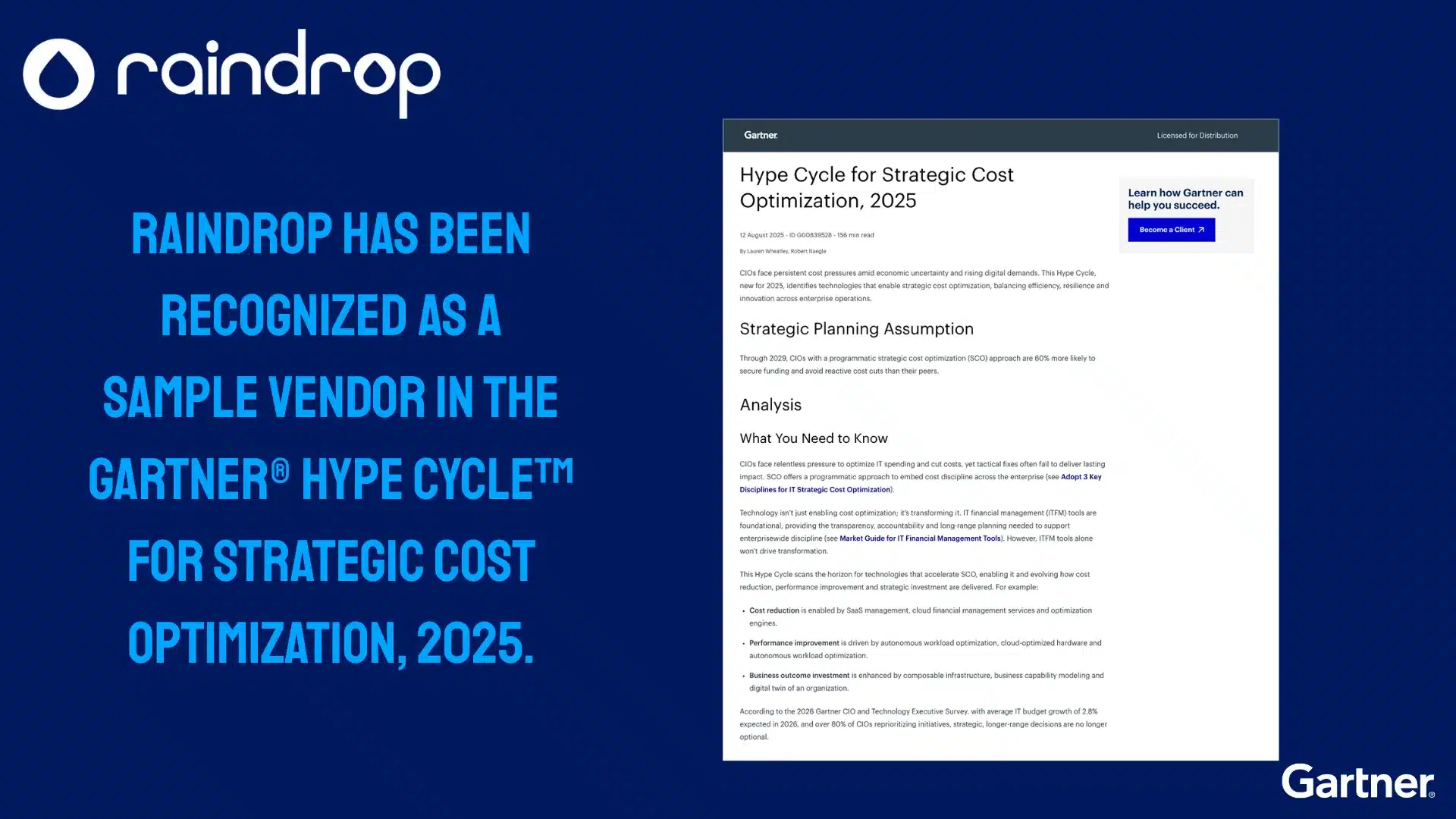
Hype Cycle for Strategic Cost Optimization, 2025
Articles, RecognitionGartner® Hype Cycle™ for strategic cost optimization, 2025 CIOs face persistent cost pressures amid economic uncertainty and rising digital demands ...
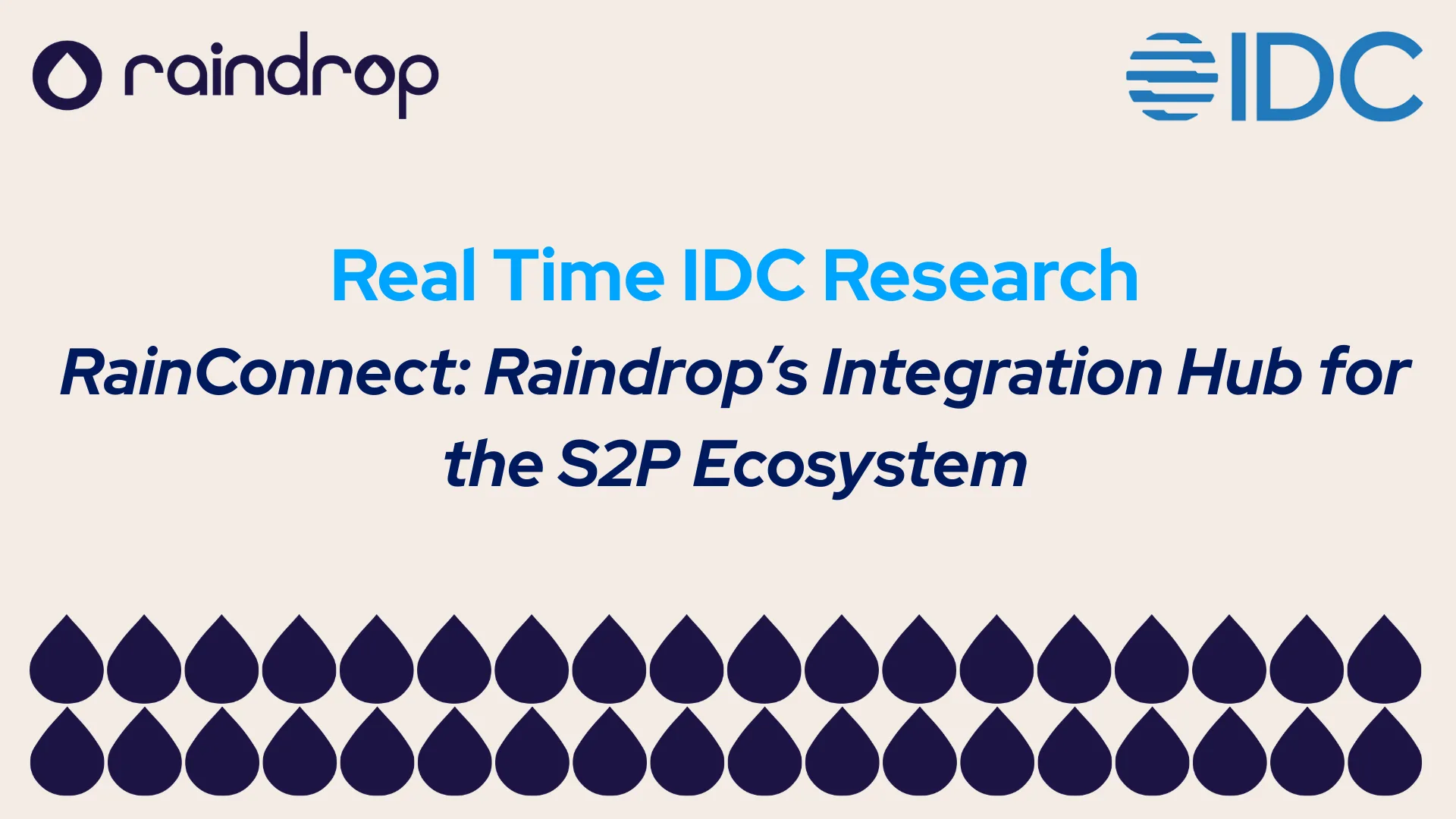
RainConnect recognized by IDC for Integration and Connectivity
Articles, RecognitionRainConnect: Raindrop's Integration Hub for the S2P Ecosystem Free Download Free Download RainConnect is Raindrop’s new integration and ...
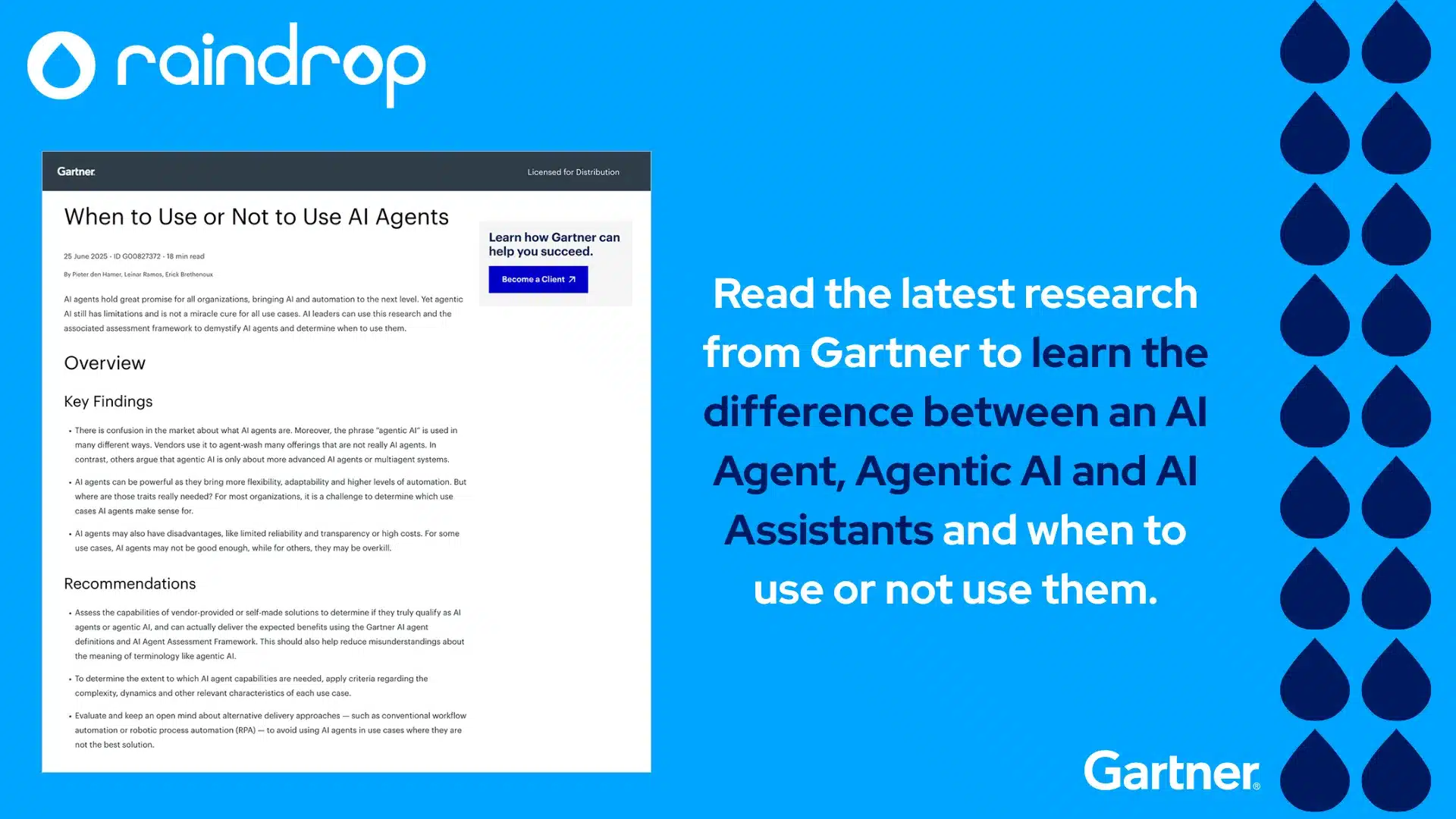
Gartner Flex When to Use or Not Use AI Agents
Articles, RecognitionGartner® Research: When to Use or Not to Use AI Agents With all the buzz around agentic and AI agents ...
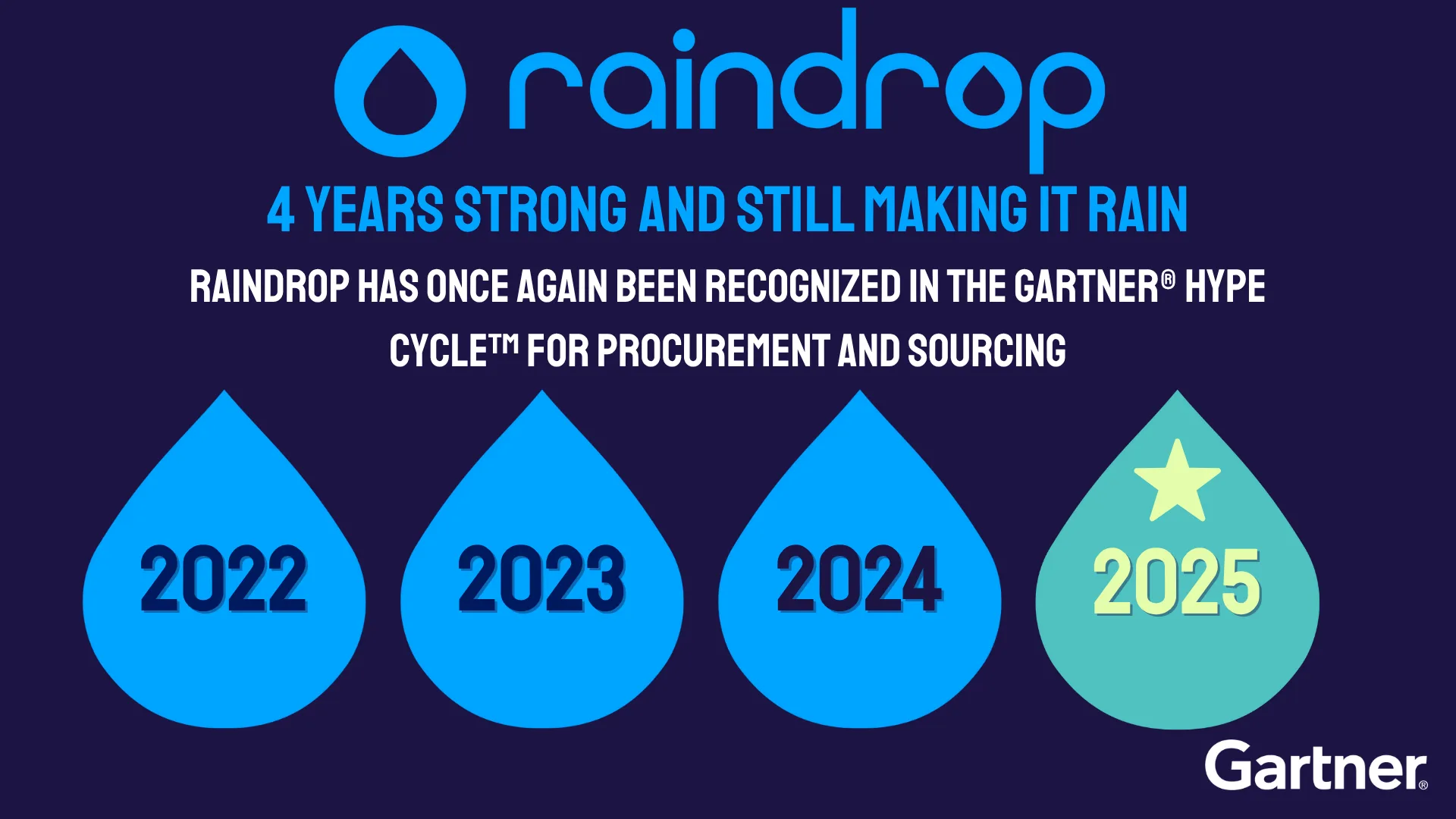
Hype Cycle for Procurement and Sourcing Solutions, 2025
Articles, RecognitionHype Cycle™ Procurement and Sourcing Solutions, 2025 We’re proud to be recognized as a Sample Vendor in the 2025 ...
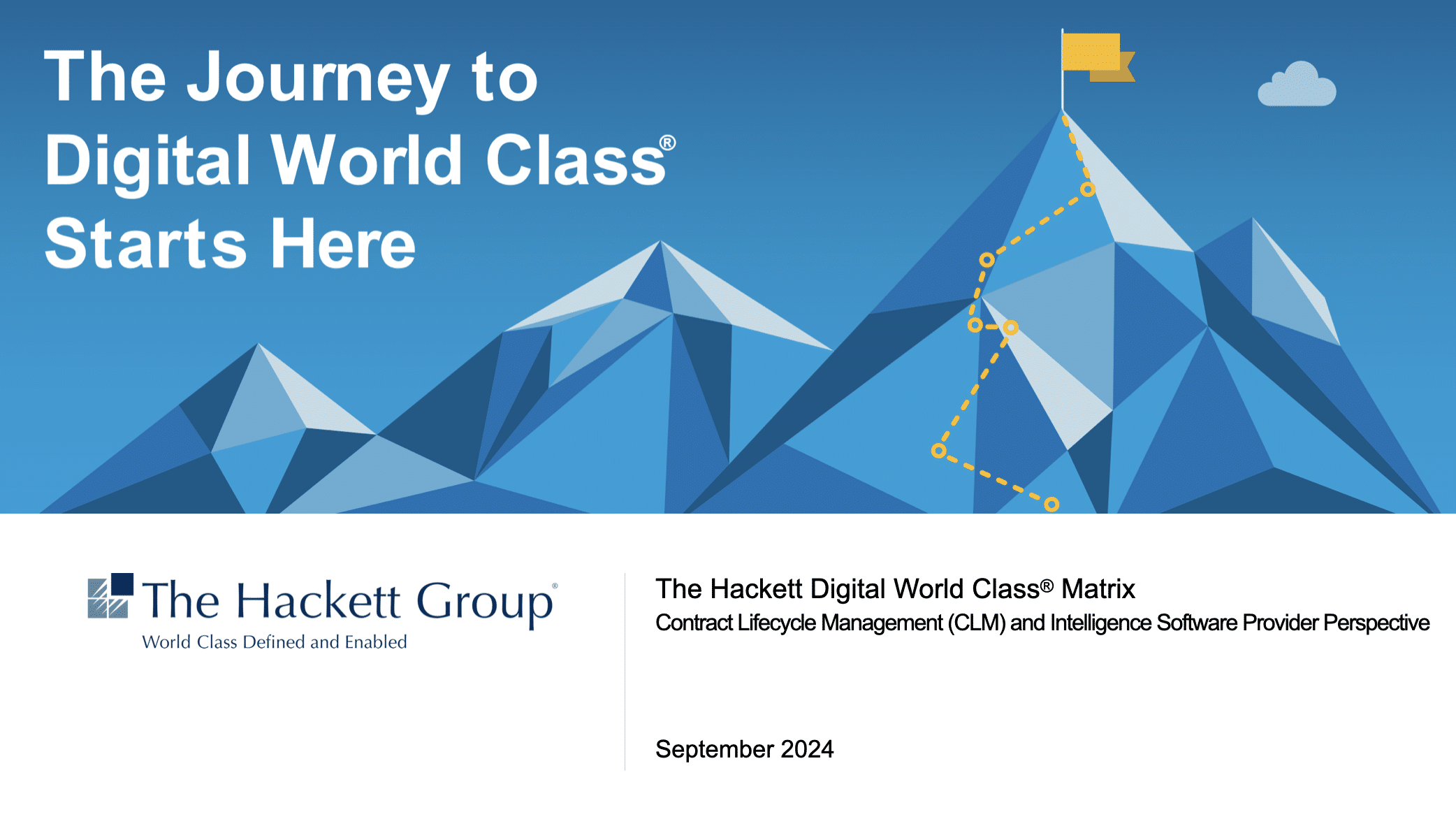
The Hackett Group’s Digital World Class® Matrix Contract Lifecycle Management (CLM) and Intelligent Software Provider Perspective
RecognitionAnalyst Report: The Hackett Group's Digital World Class® Matrix Contract Lifecycle Management (CLM) and Intelligent Software Provider Perspective Download ...
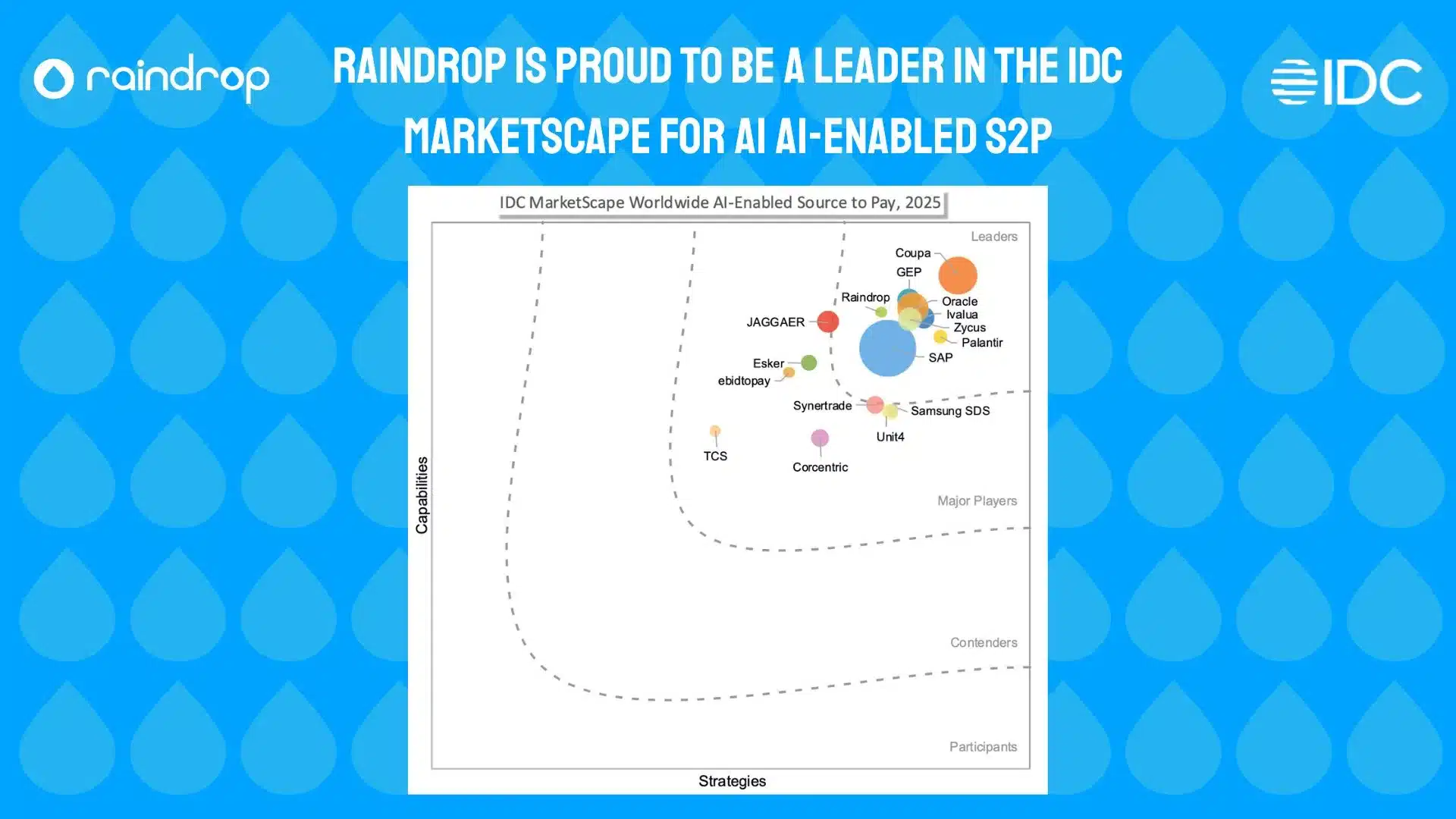
Raindrop Named a Leader in 2025 IDC MarketScape for Source-to-Pay
Articles, RecognitionRaindrop Named a Leader in 2025 IDC MarketScape for Source-to-Pay Download Now Download Now Raindrop’s modern, AI ...
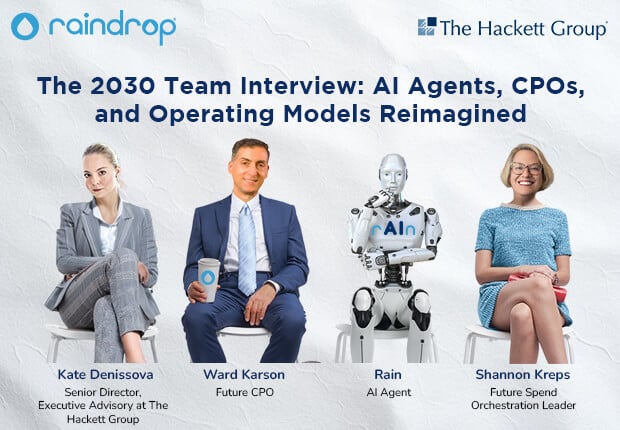
The 2030 Team Interview: AI Agents, CPOs, and Operating Models Reimagined
Recognition, Videos, WebinarThe 2030 Team Interview: AI Agents, CPOs, and Operating Models ReimaginedThe Hackett Group and Raindrop explore the future. View The ...
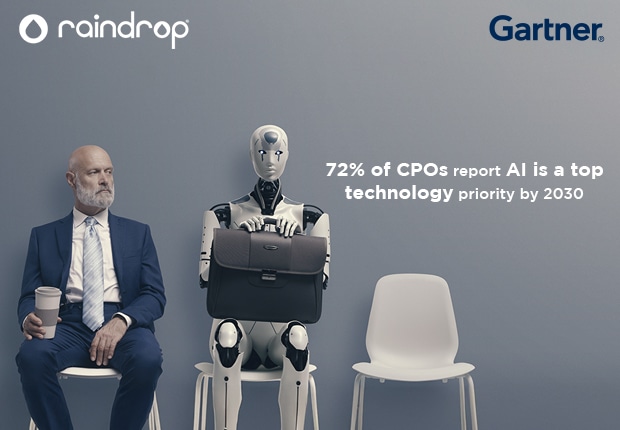
Gartner Analyst Research – How Generative AI Progress Will Shape the Future of Procurement
RecognitionGartner Analyst Research - How Generative AI Progress Will Shape the Future of Procurement With new model releases and additional functionality ...
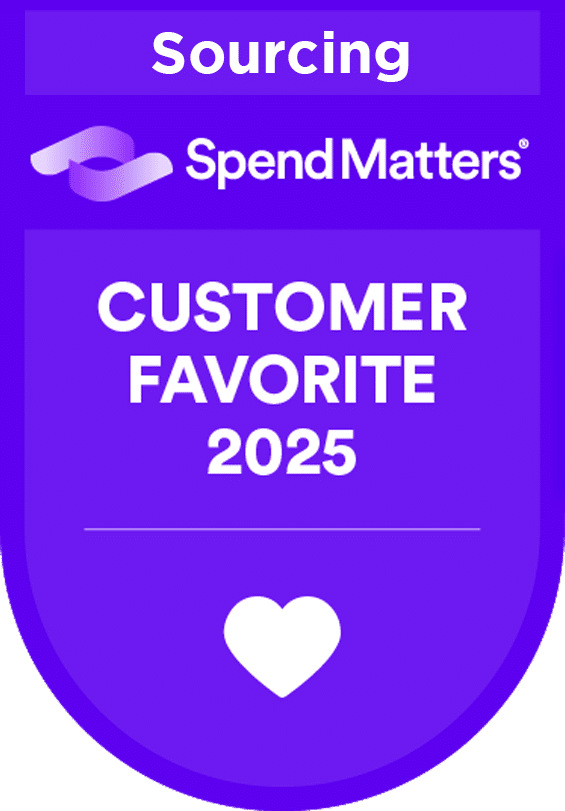
Spend Matters recognizes Raindrop as the “Customer Favorite” SolutionMap Badge Winner in Spring 2025 for Sourcing
RecognitionSpend Matters recognizes Raindrop as the "Customer Favorite" SolutionMap Badge Winner in Spring 2025 for Sourcing Download Now Download Now ...

Spend Matters recognizes Raindrop as the “Customer Favorite” SolutionMap Badge Winner in Spring 2025 for Spend Analytics
RecognitionSpend Matters recognizes Raindrop as the "Customer Favorite" SolutionMap Badge Winner in Spring 2025 for Spend Analytics Download Now Download ...
